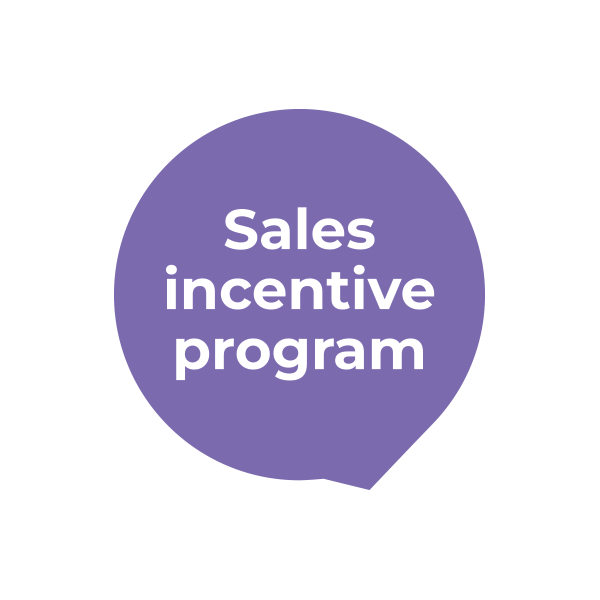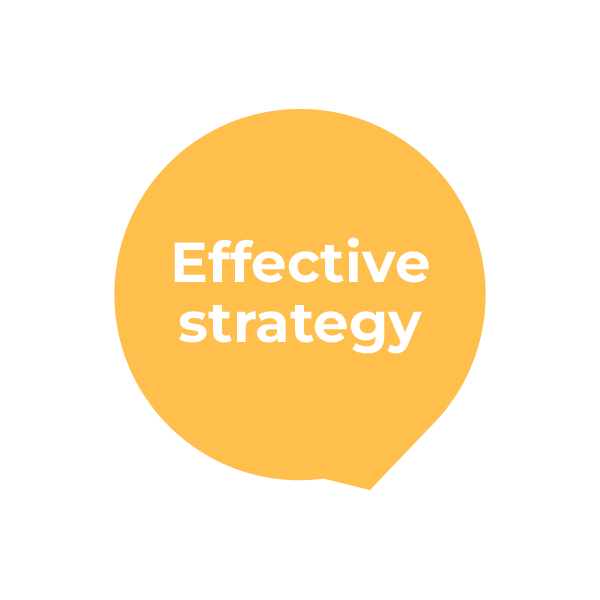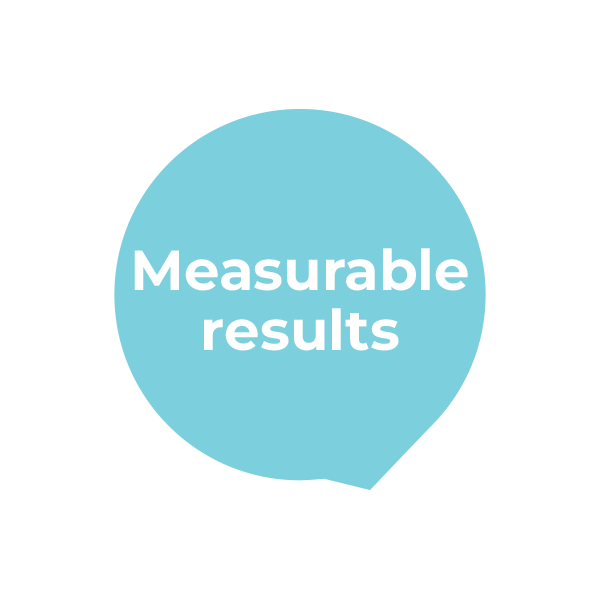
Many organizations face common challenges with their sales incentive programs, such as:
1. Lack of a formal incentive strategy:
Without a clear plan, incentives can become confused with regular pay and fail to motivate employees. A formal strategy helps ensure that incentives are designed to drive specific behaviors and outcomes, rather than being seen as just another part of the compensation package.
2. Inadequate communication:
If salespeople don’t know about the incentives or don’t understand them, the program won’t work well. Clear and consistent communication is essential to ensure that all team members are aware of the incentives, understand how they can earn them, and are motivated to achieve the goals set out in the program.
3. Too many or too few incentives:
This can cause confusion, conflicting priorities, and a lack of focus. It’s important to strike the right balance by offering a variety of incentives that cater to different motivations and performance levels, without overwhelming employees with too many options.
4. Overly complex incentives:
Complicated programs are hard to explain and understand, leading to low participation. Simplifying the structure of the incentives can help ensure that everyone knows what they need to do to earn rewards and can easily track their progress.
5. No or limited measurement:
Without measuring how well the incentives work, it’s hard to see their impact. Regularly tracking and analyzing the results of the incentive program can help identify what’s working, what isn’t, and where adjustments may be needed to improve effectiveness.

To overcome these challenges, organizations need an effective strategy, such as:
1. Self-funded incentives:
These are paid for by the extra performance they generate, making the program sustainable. For example, if an incentive program leads to increased sales, the additional revenue can be used to fund the rewards, ensuring that the program pays for itself.
2. Differentiate incentives from compensation:
Incentives should add to, not replace, base pay. This distinction helps employees see incentives as a bonus for exceptional performance, rather than as part of their regular salary, which can enhance motivation.
3. Inclusive programs:
Aim to “move the middle” by encouraging better performance from all salespeople, not just the top performers. This approach can help create a more balanced and motivated team, as everyone has the opportunity to earn rewards and contribute to the organization’s success.
4. Leverage behavioral economics:
Engage participants emotionally to drive both short- and long-term behavior change. Understanding what motivates employees and using that knowledge to design incentives can lead to more effective and lasting performance improvements.
5. Inspire rather than compensate:
Use the right rewards at the right time to motivate and recognize top performers. This could include public recognition, special privileges, or unique experiences that go beyond monetary rewards and create a sense of achievement and pride.

Different types of incentives can be used to address various goals and timeframes:
1. Top performers:
Recognize top-tier performance with programs like the President’s Club. These programs often include exclusive rewards such as trips, special events, or significant bonuses that highlight the achievements of the best performers.
2. Short-term incentives:
Focus on immediate challenges and opportunities with specific, targeted programs. These might include contests, flash sales, or limited-time bonuses that encourage quick action and immediate results.
3. Gamification:
Drive enablement activities and behaviors through fun and engaging methods. Gamification can include leaderboards, badges, and other game-like elements that make achieving goals more enjoyable and competitive.
4. Long-term incentives:
Promote balanced performance and steady growth with programs like consistency bonuses. These rewards are designed to encourage sustained effort over time, rather than just short bursts of high performance.
5. Launches:
Support new product or service launches with incentives that drive awareness, knowledge, and adoption. This can include training programs, special promotions, and rewards for early adopters who help spread the word and generate initial sales.
6. Strategic initiatives:
Align all employees on key corporate initiatives with rewards based on achieving milestones. These incentives can help ensure that everyone is working towards the same goals and contributing to the organization’s overall strategy.

A proven methodology can help drive behaviors and activities that produce measurable results:
1. Develop strategy:
Assess key business issues, understand performance drivers, and plan desired outcomes. This involves identifying the specific challenges and opportunities that the incentive program will address, and setting clear, measurable goals.
2. Design and execute the initiative:
Use behavioral economics to motivate, communicate effectively, and educate participants. This step includes creating the incentive structure, communicating it to the team, and providing the necessary training and support to help employees succeed.
3. Measure and analyze results:
Track behaviors, gauge impact, and identify opportunities for improvement. Regular analysis of the program’s results can help identify what’s working well and where adjustments may be needed to enhance effectiveness.
By addressing common issues and implementing effective strategies, organizations can create sales incentive programs that drive performance, engage employees, and achieve business goals.
